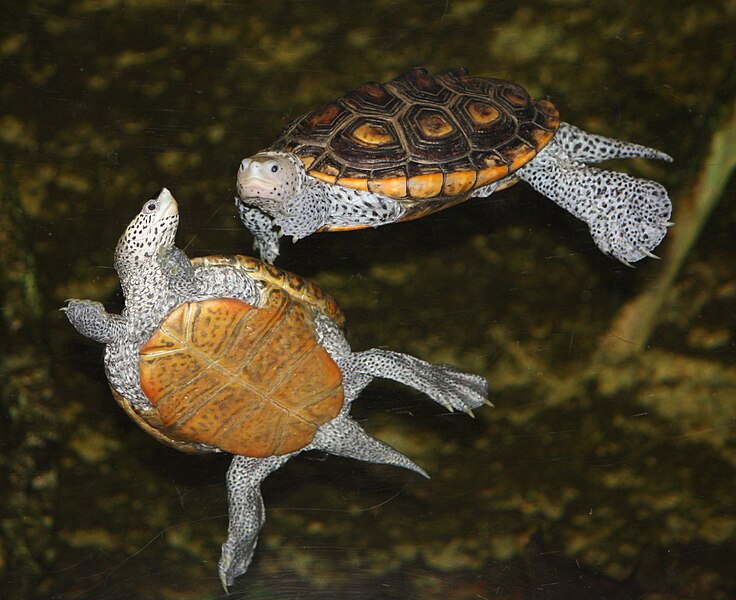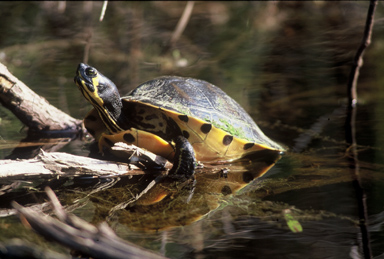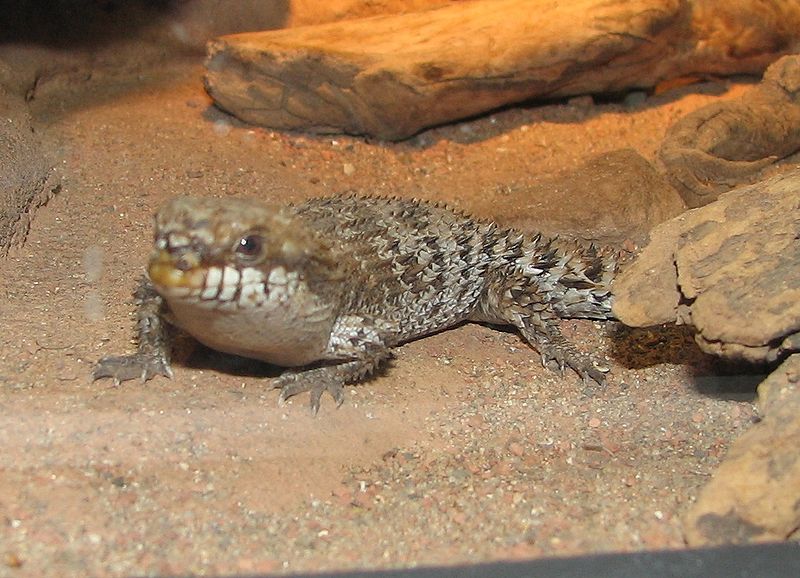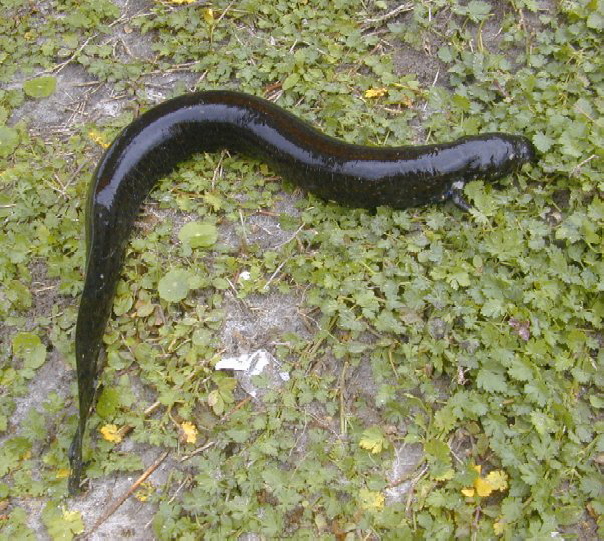 Eleven years ago, I traveled to Florida to assist folks from the New York Turtle and Tortoise Society and other groups in rehabilitating thousands of turtles seized in southern China (please see this article for details). The event marked my introduction to what is now known as the “Asian Turtle Crisis”. Sadly, the situation remains dismal today. Recent studies show that turtles in the USA also face an extinction crisis. Yet the scale of the problem is largely unappreciated…for example, many conservation-minded people would be surprised to learn that over 12 million turtles were exported from the USA in the last 5 years (please see article below).
Eleven years ago, I traveled to Florida to assist folks from the New York Turtle and Tortoise Society and other groups in rehabilitating thousands of turtles seized in southern China (please see this article for details). The event marked my introduction to what is now known as the “Asian Turtle Crisis”. Sadly, the situation remains dismal today. Recent studies show that turtles in the USA also face an extinction crisis. Yet the scale of the problem is largely unappreciated…for example, many conservation-minded people would be surprised to learn that over 12 million turtles were exported from the USA in the last 5 years (please see article below).
Year of the Turtle
2011 was designated as “The Year of the Turtle” by the Partnership for Amphibian and Reptile Conservation (PARC) and affiliated groups. Happily, North American species seemed to get a bit more attention than usual. A recent article in Herpetological Review (2011: 42(2) 199-204) provided a comprehensive – if chilling – summary of the turtle-related concerns that PARC and others have been focusing on. The very informative article is not available online, so I’d like to highlight some key points here. Read More »
 That Reptile Blog – Reptile, Amphibian and Exotic Pet Care and Information
That Reptile Blog – Reptile, Amphibian and Exotic Pet Care and Information




